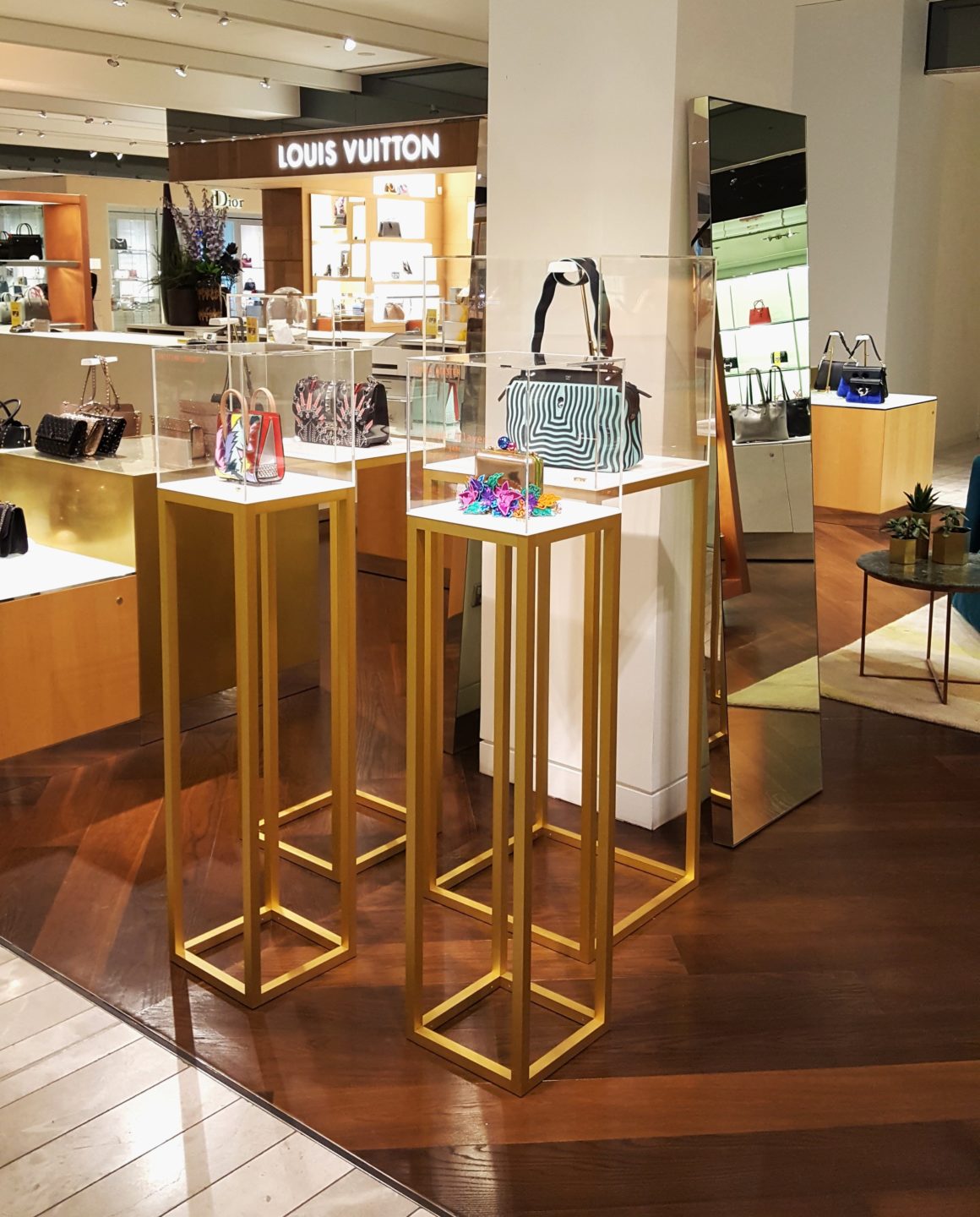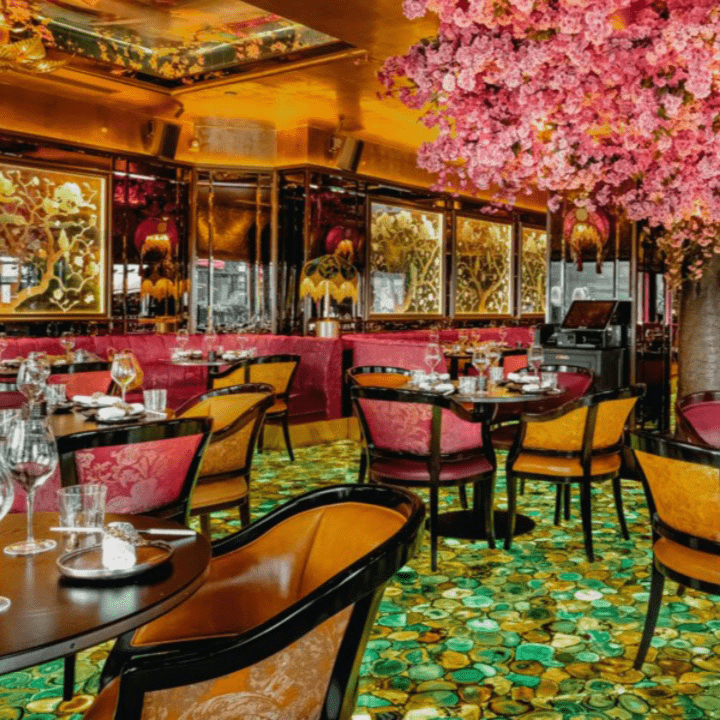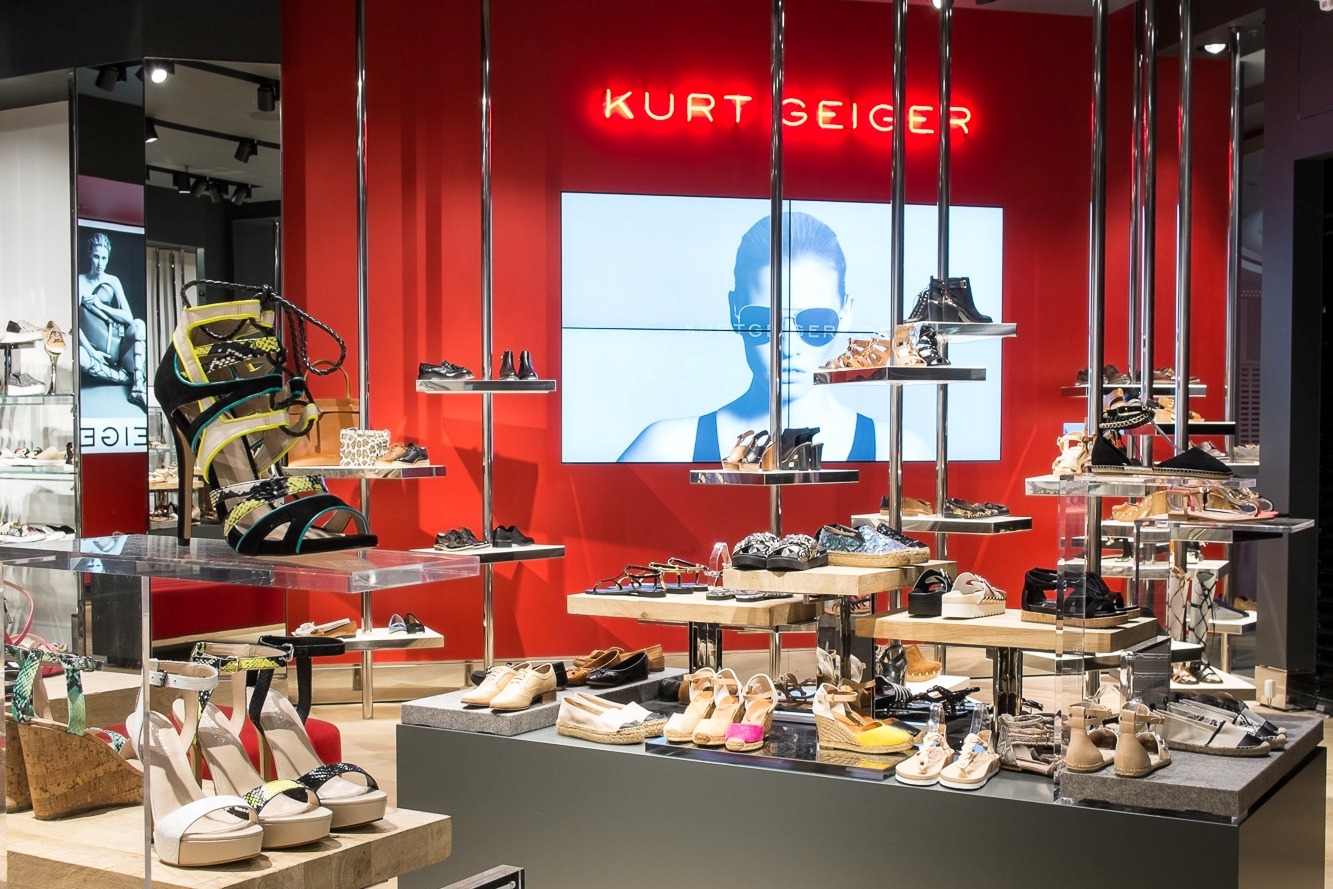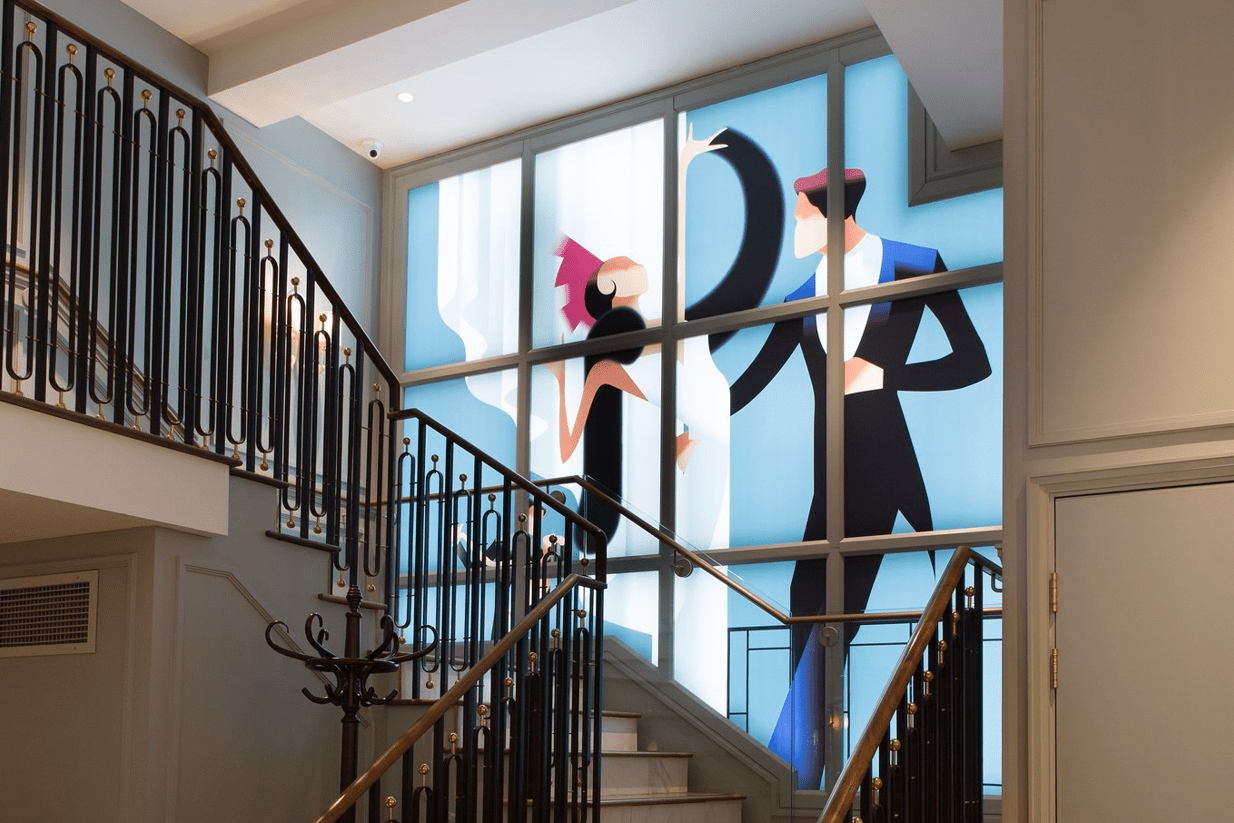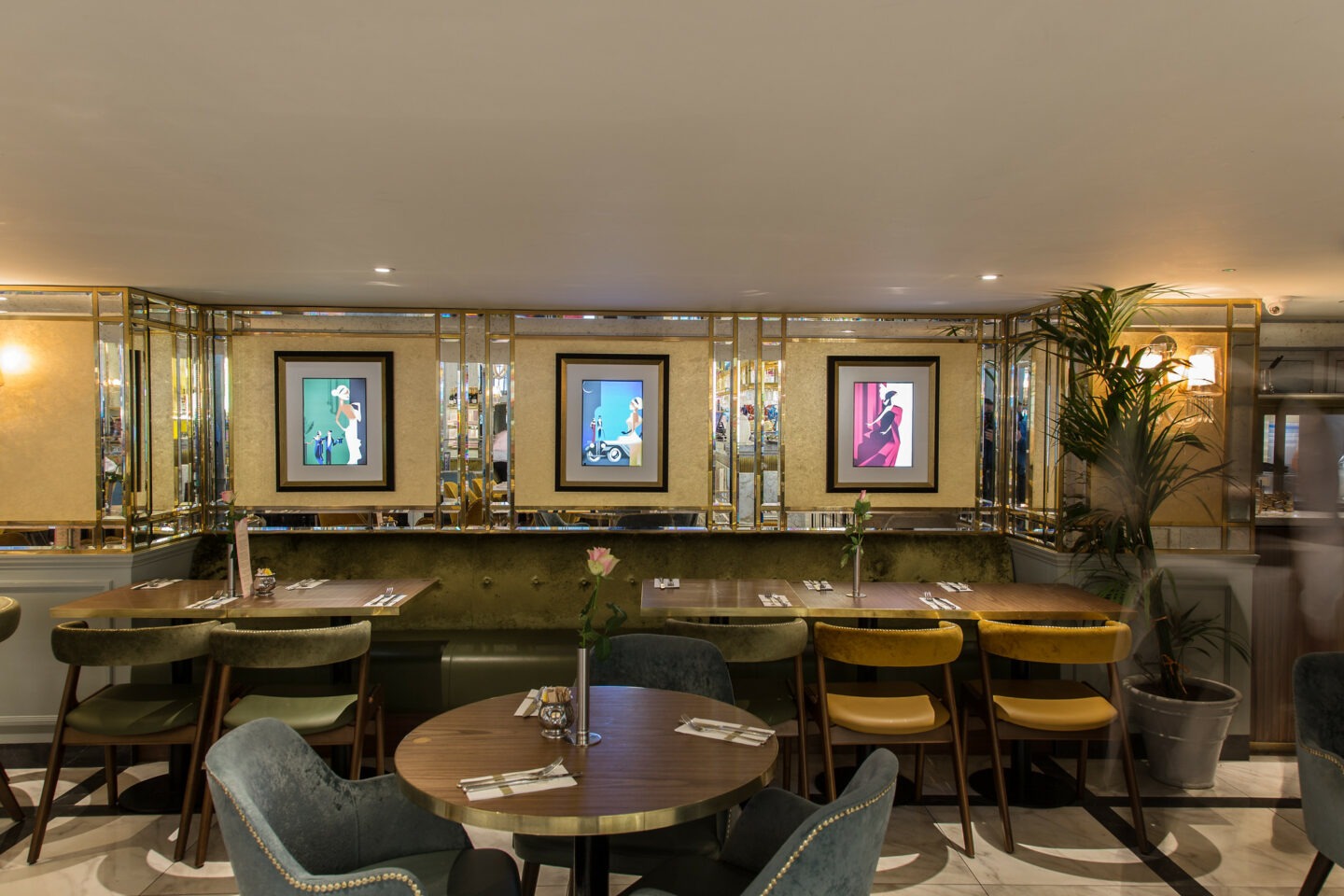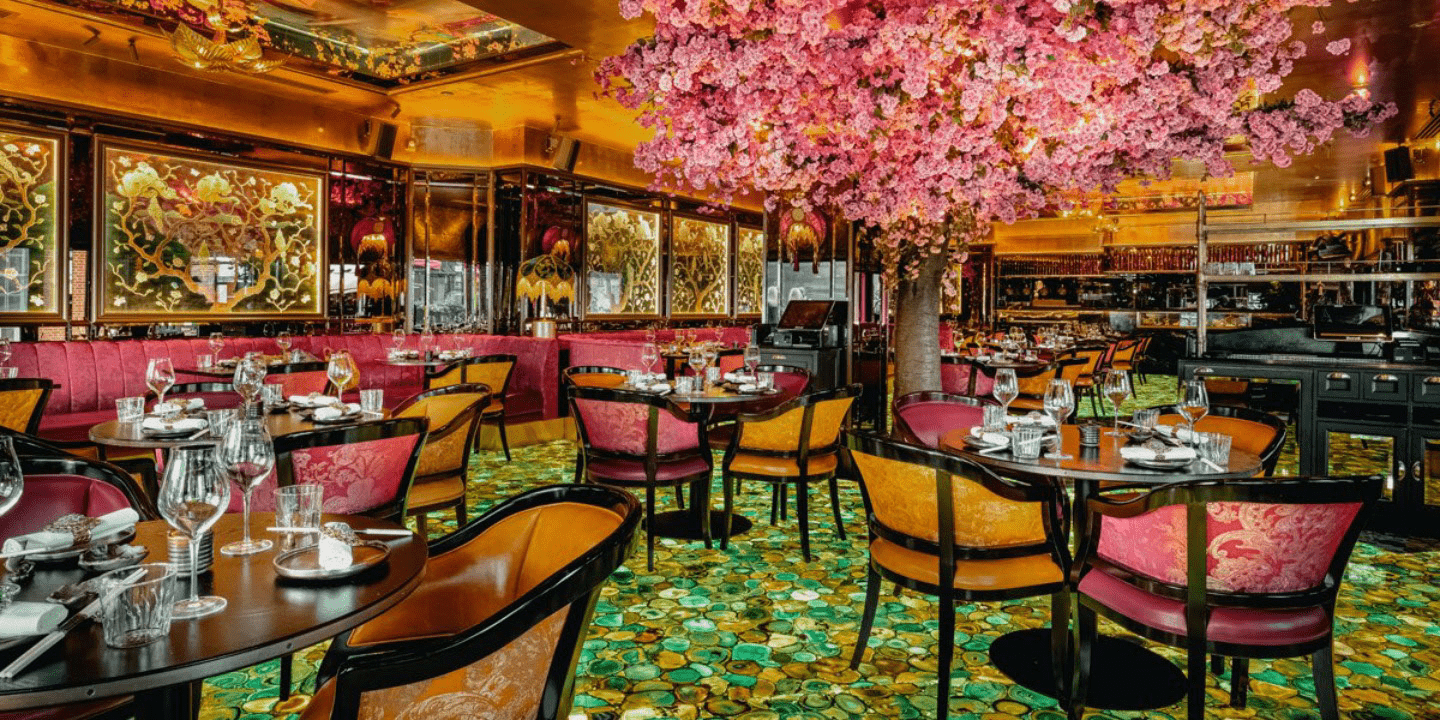
What Makes a Luxury Space?
Luxury retail is a section of the retail industry which specialise in selling high quality goods for high-end prices. Fashion houses such as Prada and Christian Louboutin use their iconic brand names and reputation as a luxury business to establish themselves as a premium store in comparison to fast-fashion stores like Primark and New Look.
Many luxury stores and hospitality spaces are made up of the same elements, such as seasonal displays, new products and striking lighting. So what makes a luxury space?
In order to establish a brand as premium, you have to include aspects into the store which customers view as elite. Dior’s 30 Montaigne store is a perfect example of this as it incorporates the company’s rich heritage, skilled craftmanship and aesthetically pleasing lighting to present the products in an almost gallery-like environment. When designing the store for Dior, Metris Lighting said that that they didn’t want to design just another store, they wanted to create a one-of-a-kind, full-scale showcase of Dior’s universe and expertise.
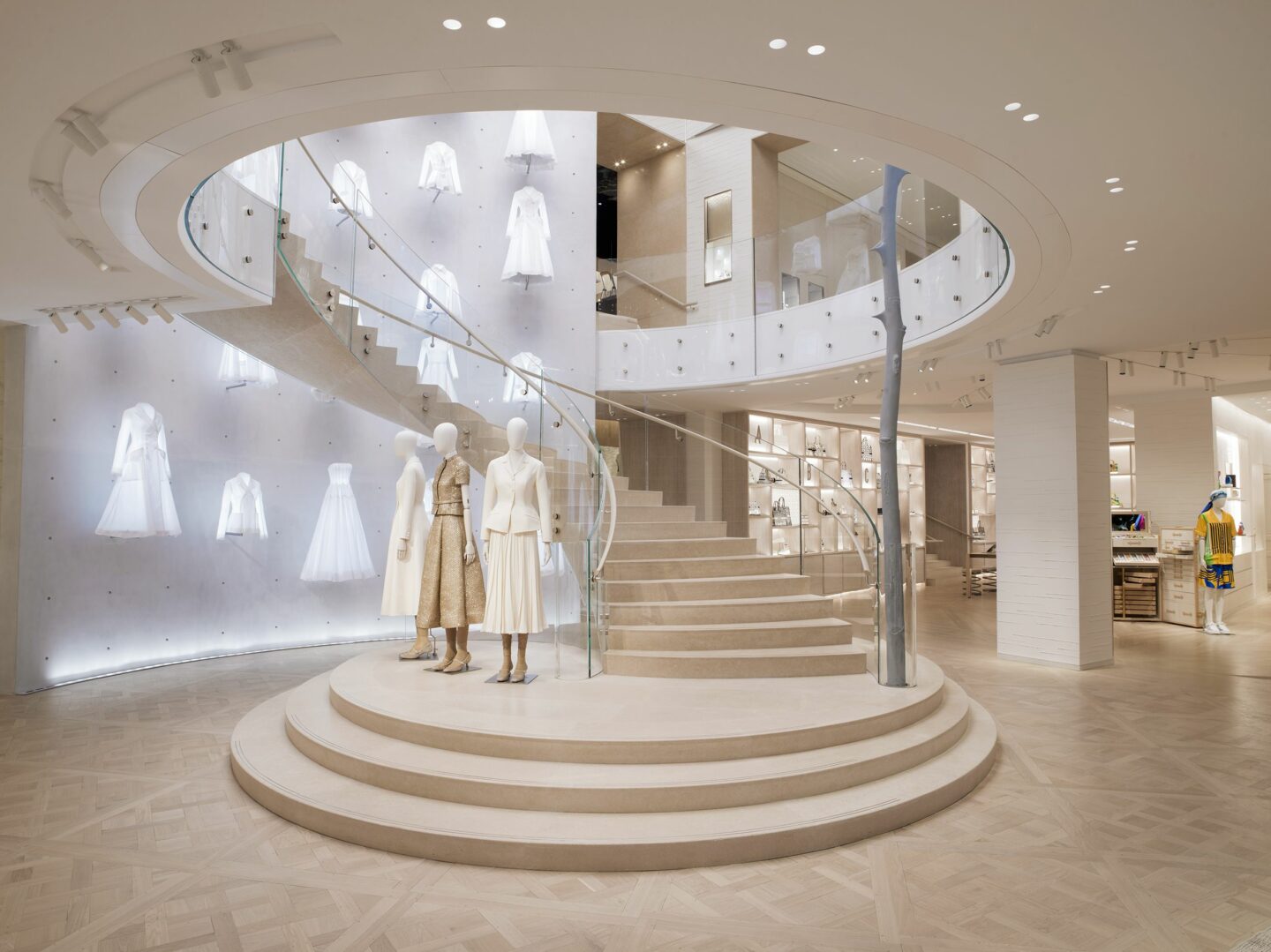
Image Source: Kristen Pelou for Dior
From the wallpaper and mannequins, to the skylights and products, everything in the store has been custom-made by talented craftsmen and displayed as if the products are works of art being displayed in an art gallery. Similar to Dior, the new London Prada Caffè pop-up includes bespoke hand crafted elements, such as their signature monochromatic floor, velvet chairs and statement lights, to create a chic and sophisticated interior.
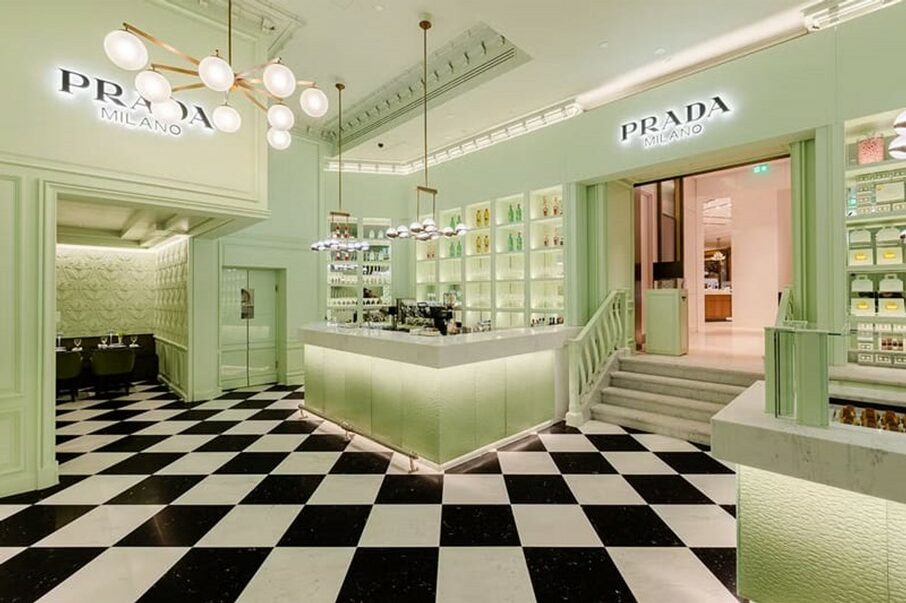
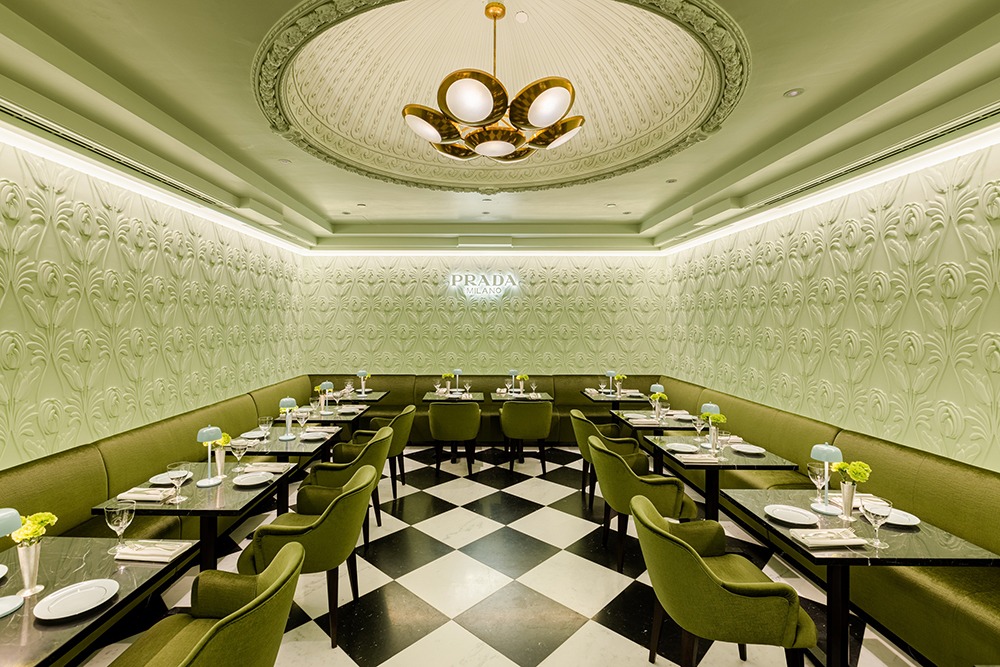
Unibox have used these features in our luxury projects. Here are our top 5 luxury examples from the retail and hospitality industry:
1. Illuminated Flooring for The Ivy Asia Restaurants: One of a Kind
The Ivy is celebrated as being one of the most sophisticated, visually-exciting restaurant groups in the world. Its clients expect that their whole experience will be exquisite in every way, and how better to achieve this than with a one-of-a-kind, illuminated agate flooring.
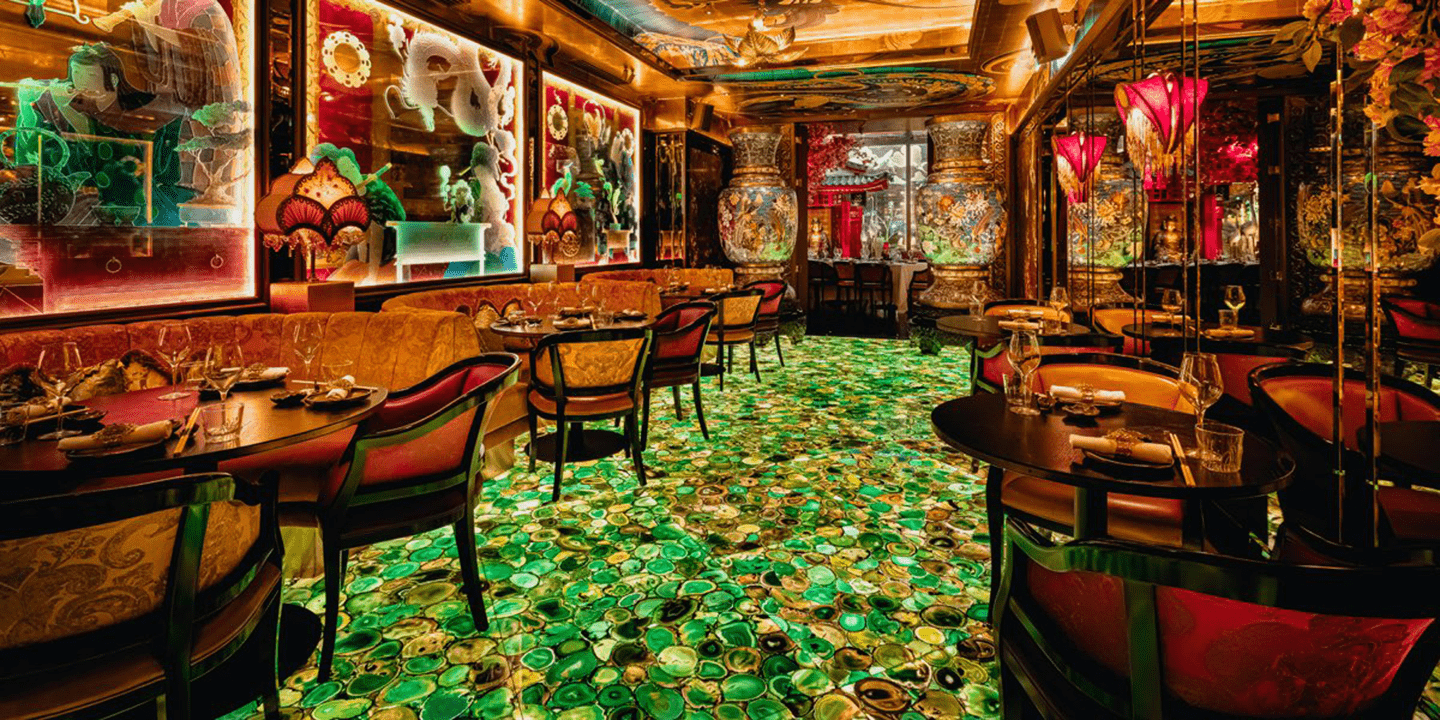
Unibox created the bespoke back-lit flooring installation for The Ivy Asia restaurants across the UK, with the aim to mirror the luxurious food they serve, into a luxurious environment. By making the restaurant new and exciting with the iconic flooring, it encourages customers to want to visit and experience the beauty in person as it something that cannot be found anywhere else.
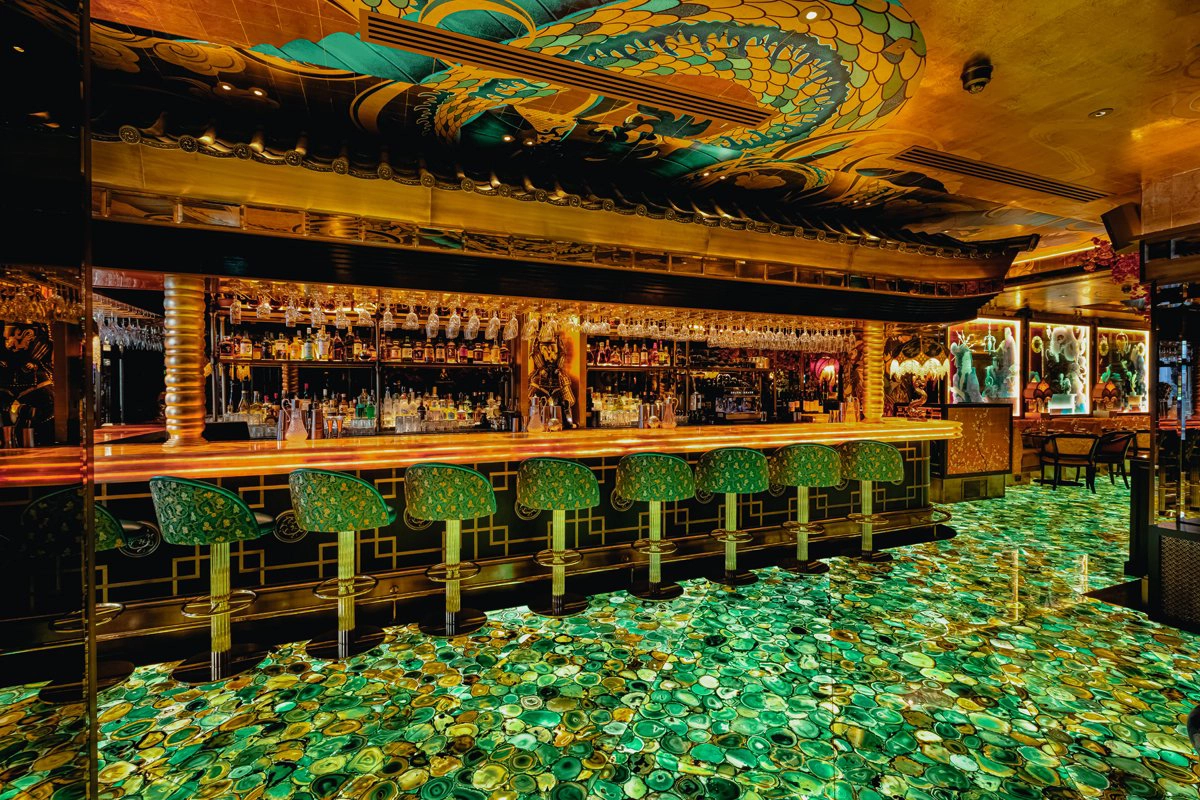
2. Kurt Geiger Bespoke Illuminated Shelving: Product Focused
What sets luxury and fast-fashion stores apart is the way that products are advertised and displayed. Where fast-fashion retailers often rely on discounts and offers to get customers into the store, Prada and Kurt Geiger are confident that the quality of their products alone will attract customers.
In a similar way to how Dior display their clothing as if they are a work of art, Unibox were able to use Kontakt shelving to deliver a striking retail concept to display Kurt Geiger’s shoes within their UK stores. Displaying the shoes on shelves at various heights, and on shelves that appear to be floating magically on chrome poles across the shop floor, creates a sense of depth and visual drama.
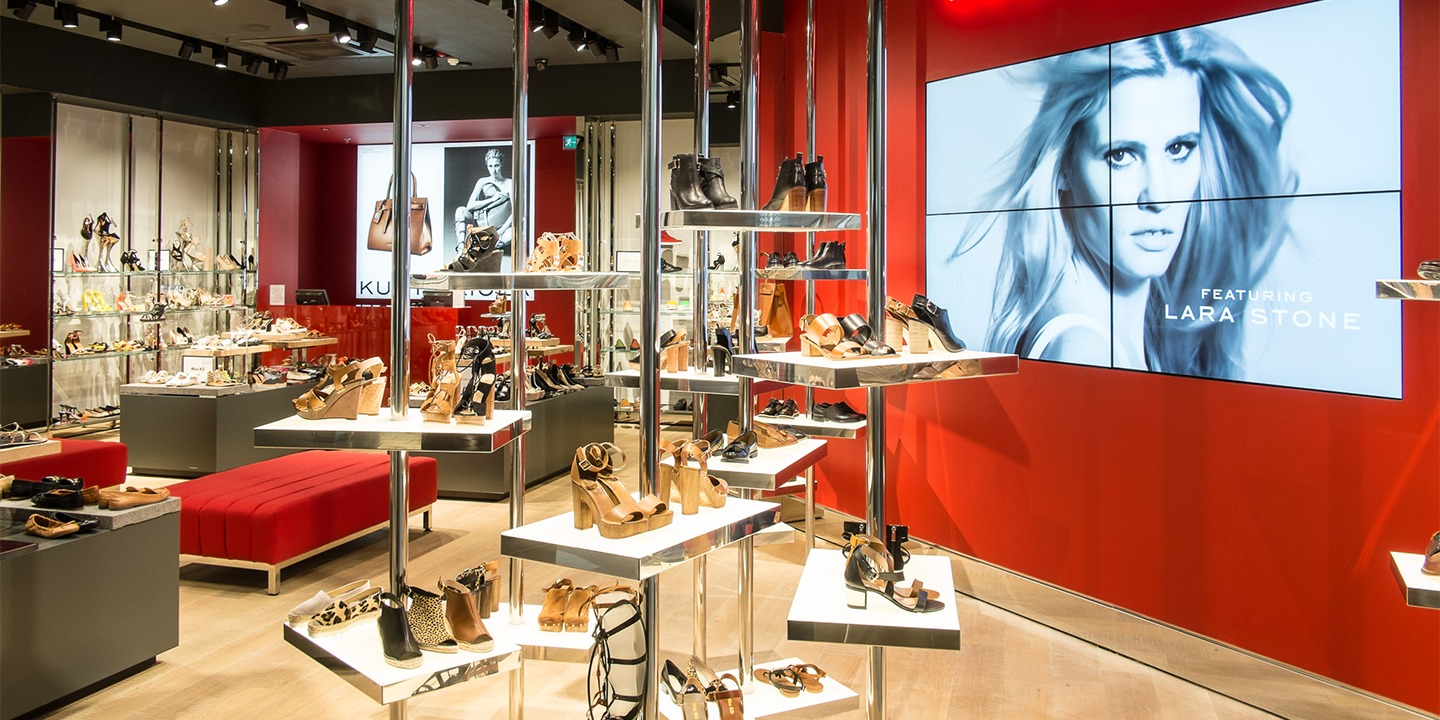
Being product focused in this artistic and creative way strengthens the brands luxury positioning, as this level of detail is rarely found in fast fashion stores. This maintains the perception of exclusivity and high value.
3. Fortnum & Mason Royal Exchange: Rich Heritage
Founded in 1707, Fortnum & Mason have become a staple British icon in the retail industry. This popularity throughout the world is due to their connection with the royal family. Co-founder, William Fortnum, began the business when he worked for Queen Anne, and throughout history he used his link to royalty to ingrain the company within British history. The F&M logo is still synonymous with the royals to this day, and people continue view the company as curators of luxury goods and continue to be interested in the company’s rich heritage.
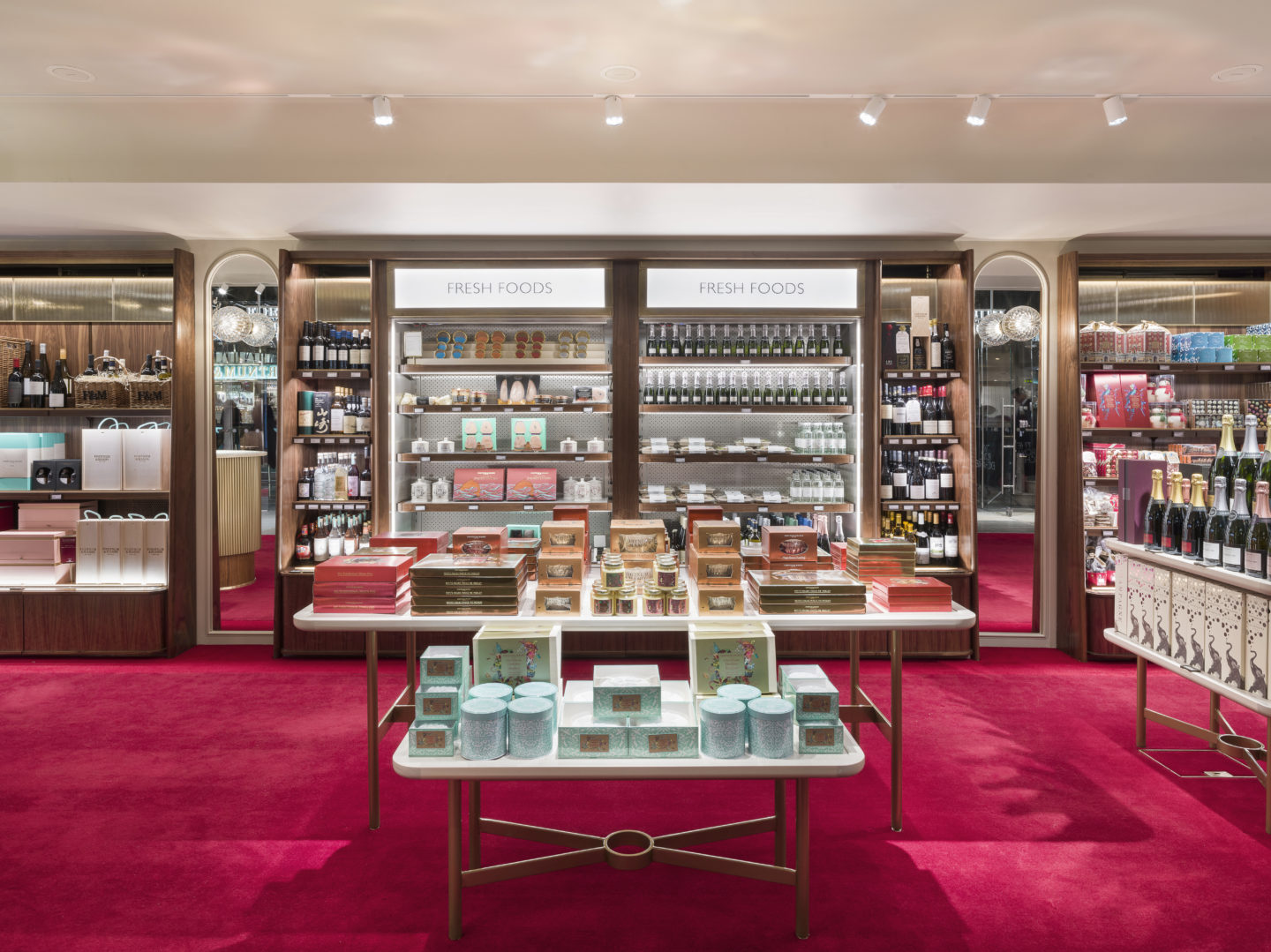
Unibox delivered a bespoke illuminated shelving solution for Fortnum & Mason’s retail space, bar, and restaurant at The Royal Exchange. In order to display their historic, famous logo to its very best, we used our cable-free Kontakt technology, featuring custom diffusers and luminaires that could be bent into the unique shapes required.
4. Caffè Concerto Window Lightboxes: Lighting
High end spaces such as Dior, Prada Caffè and Caffe Concerto understand the importance that natural daylight plays in luxury spaces – so much so that they have all replicated natural sunlight within their retail spaces. Dior use downlights through to fake skylights to light up their clothing, and the Prada Caffè uses accent lighting to highlight the best features of the space to make it come alive. This use of architectural lighting creates a sense of visual comfort, whilst accentuating the beauty of the space and products, which you would typically expect from a well-designed luxury space.
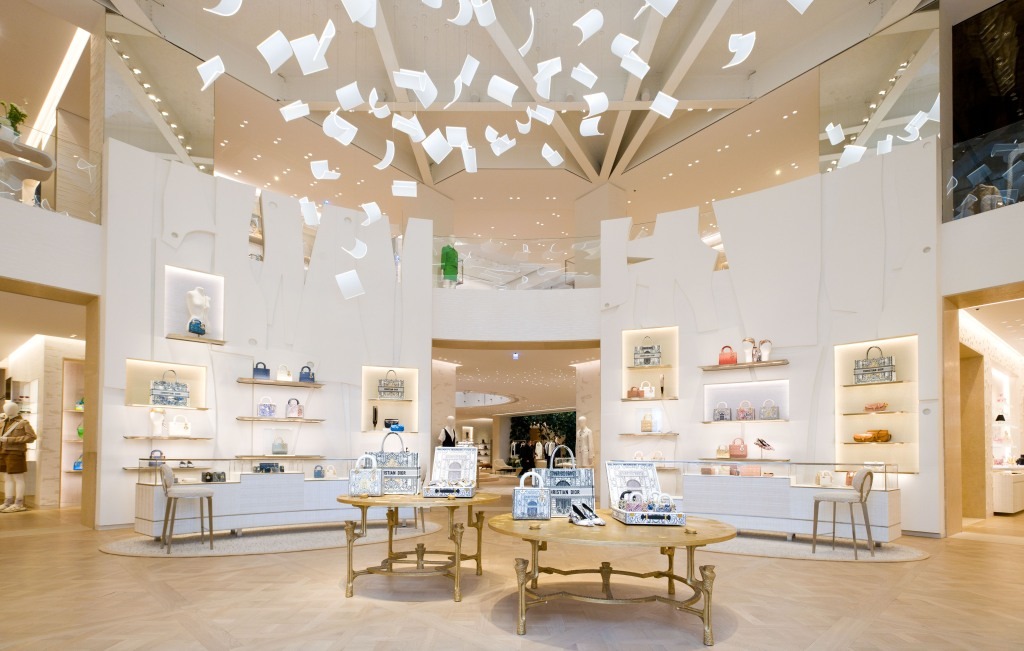
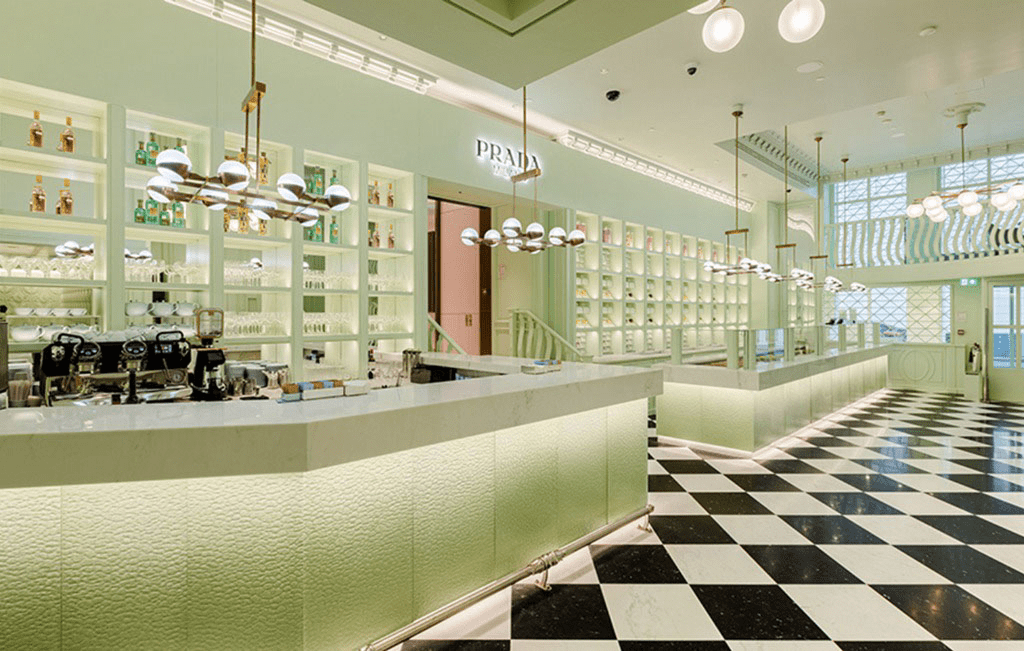
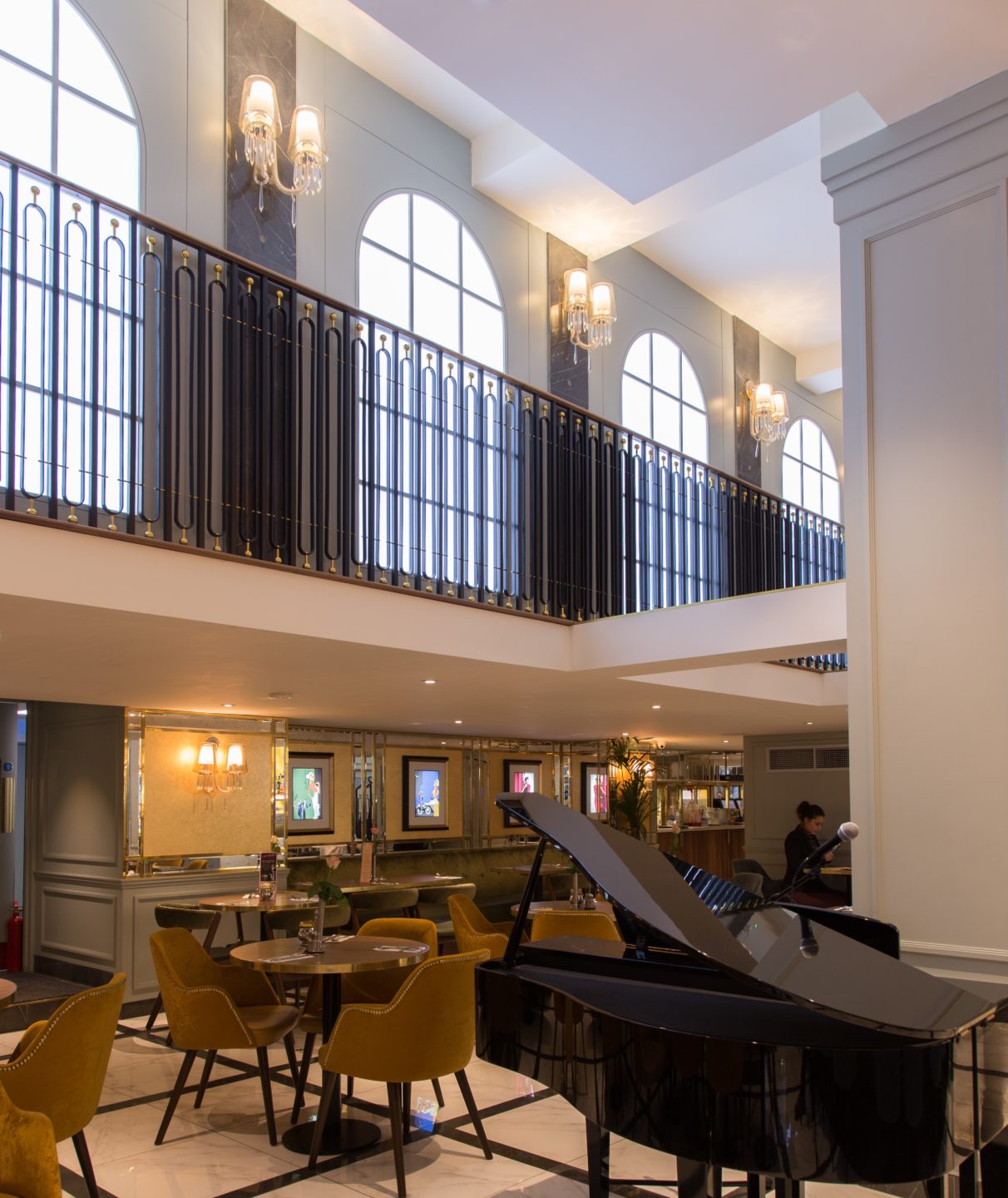
As Caffè Concerto’s newest restaurant in central London is situated below street level, it had limited access to natural sunlight. Because of this, Unibox – alongside Tekne Shopfitting and Dover Design – created a series of window lightboxes that would replicate the look and feel of real windows and ensure that the space had the optimum light levels. Our team engineered a solution using Ledge 65 lightboxes, each of which was manufactured in the irregular shapes required to fit seamlessly into the contours of the restaurant’s stairwells and mezzanine level.
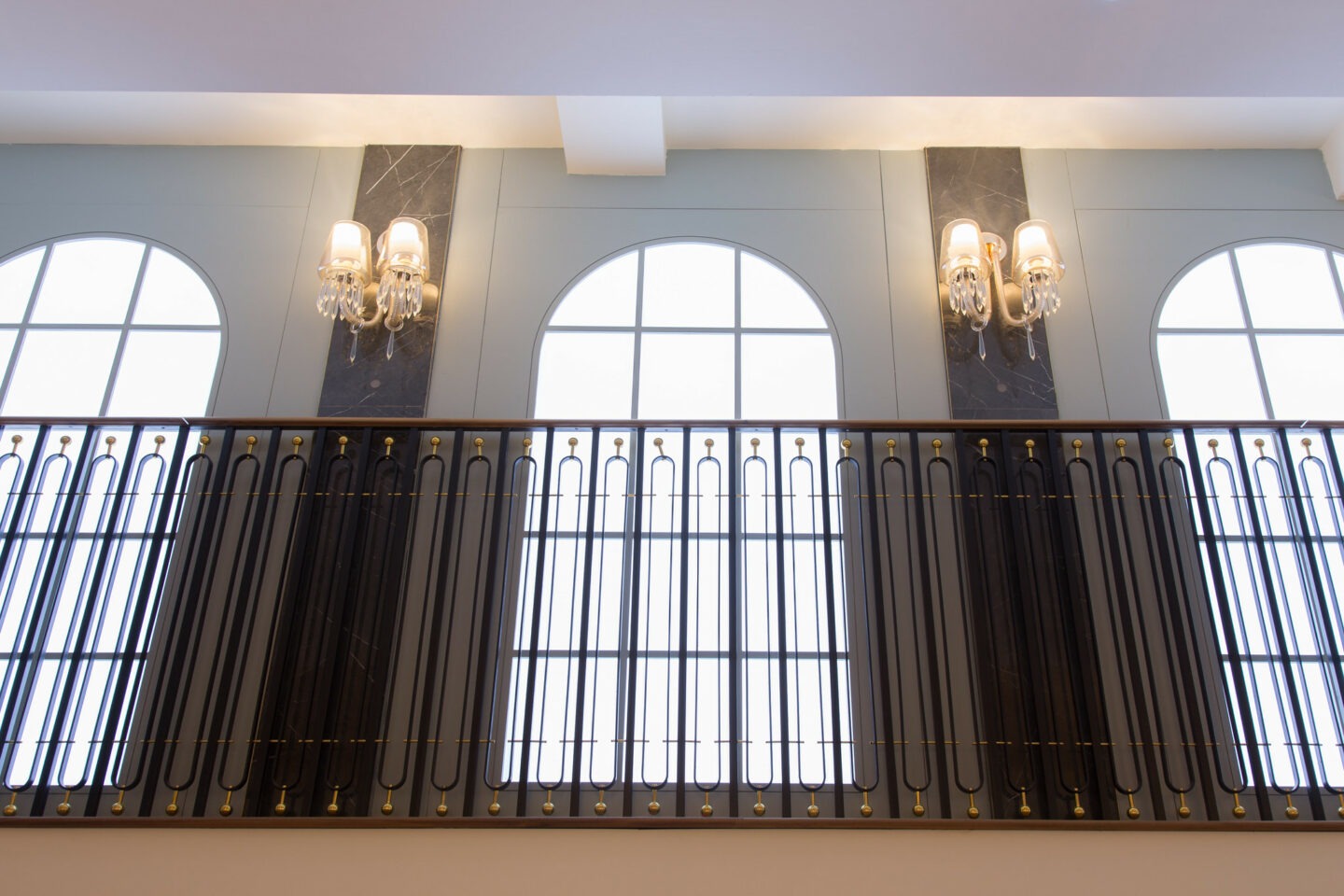
Natural light is important because it creates the overall mood, making customers feel good and allowing employees to move easily and comfortably around the space. The rest of the room has warmer ambient lighting, this creates a more intimate ambience which is ideal for upscale restaurants, special occasion dining, and lounge or bar areas.
Lighting serves an important function when developing a retail or hospitality space. Whether it is through the use of task or ambient lighting, both high-end and fast-fashion stores utilise lighting to their advantage.
This is why Unibox used bright task lighting within Schuh, as it allowed customers to see everything within the store, in order to find their perfect shoe. Luxury places don’t just want to show off products, they also use lighting to add to the experience of a space.
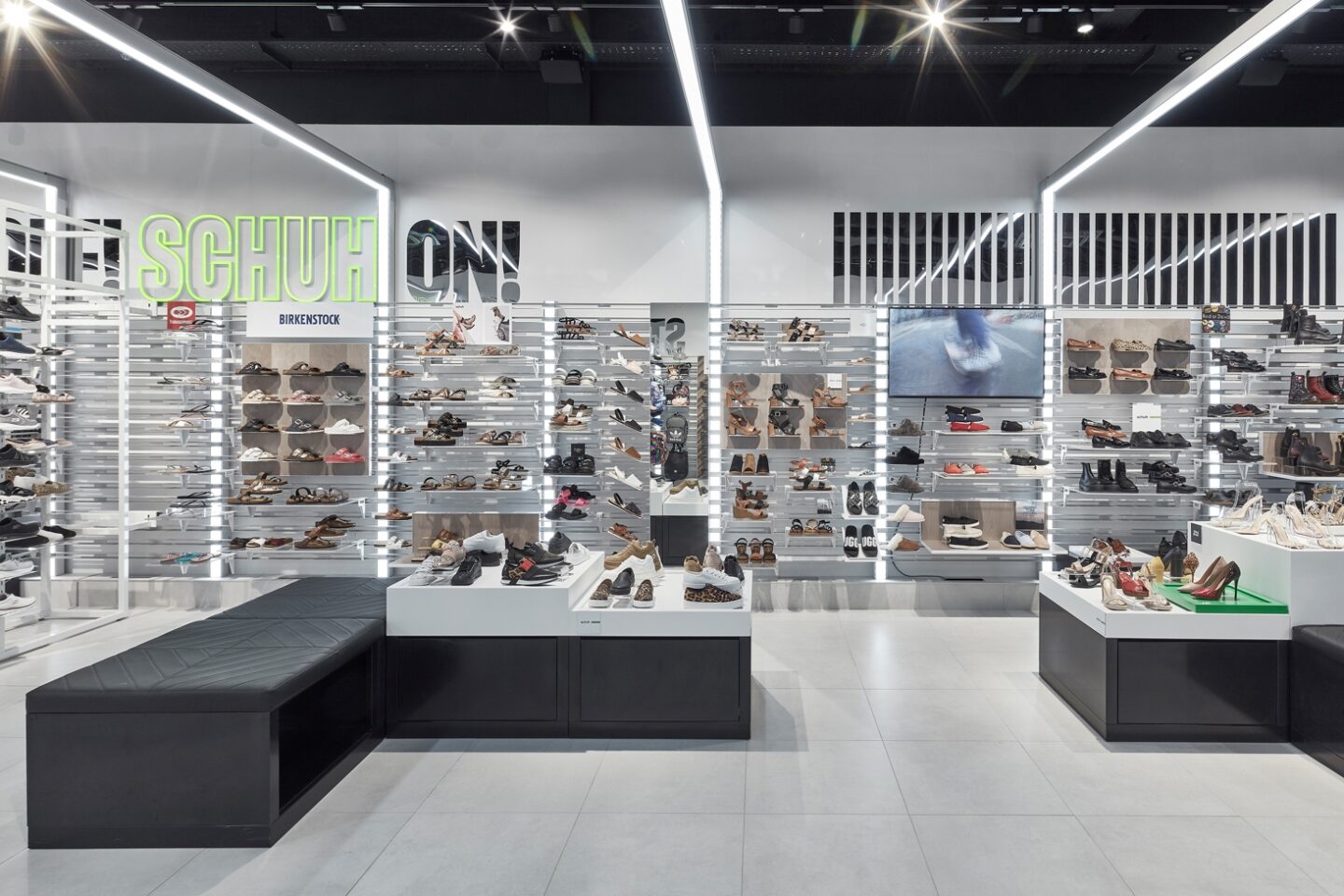
5. Selfridges Manchester Luxury Retail Displays: Craftmanship & Prices
Whilst similar materials can be used, merchandise made by luxury brands are usually much more expensive than those from fast-fashion stores. This is due to the better quality of materials used and exclusivity increasing demand.
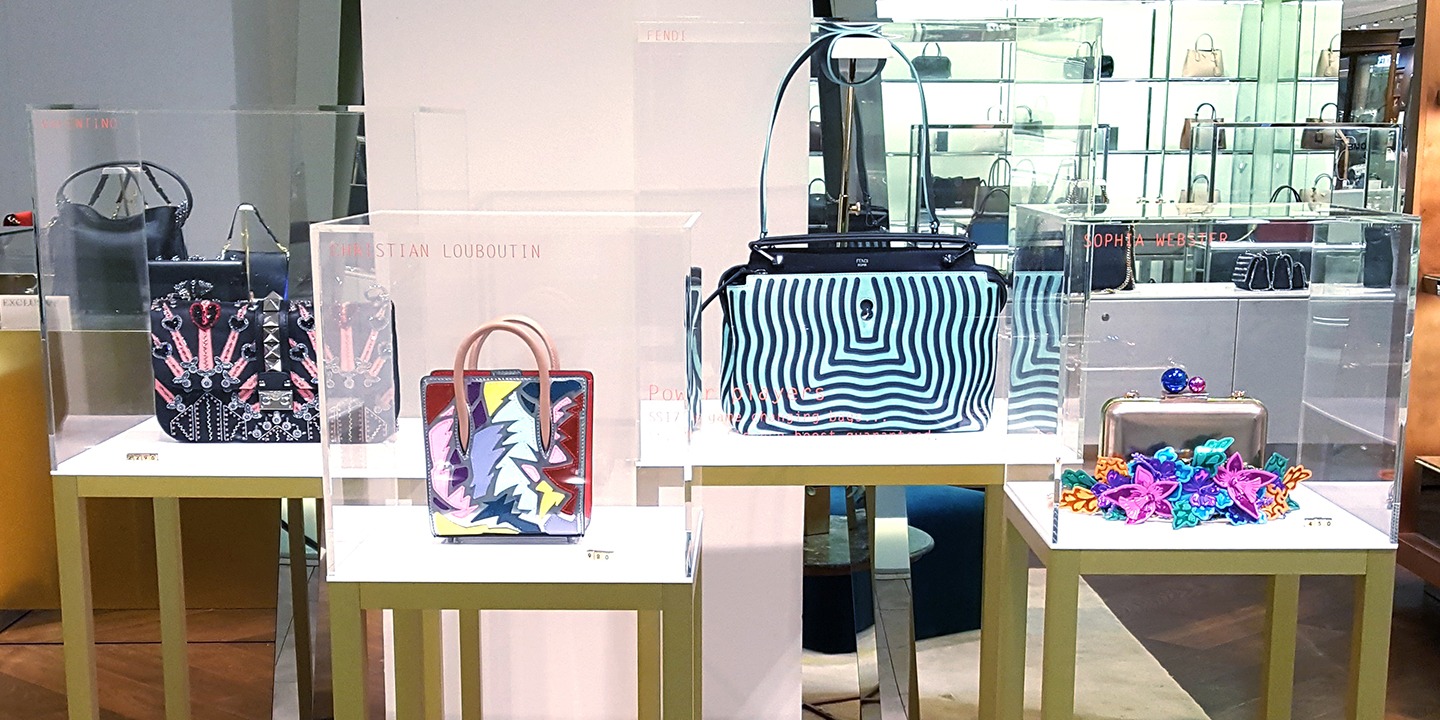
Where fast-fashion retail stores operate by mass producing the same garments, handbags from fashion houses, such as Christian Louboutin, are hand stitched by master craftsmen, which means that each bag is made to be unique, and built to last. This skillful use of material is usually paired with a description of where material is from, how it was designed and the inspiration behind the design, so customers aren’t just buying a bag, they are buying into the story behind the creation of the product.
Due to the premium price of these bags, Selfridges approached us after realising that no off-the-shelf product would provide the security and elegance needed for the accessories department of its Manchester store. We worked with their team of visual merchandisers to create a custom solution using sleek aluminium frames and minimalist museum-grade glass display cubes.
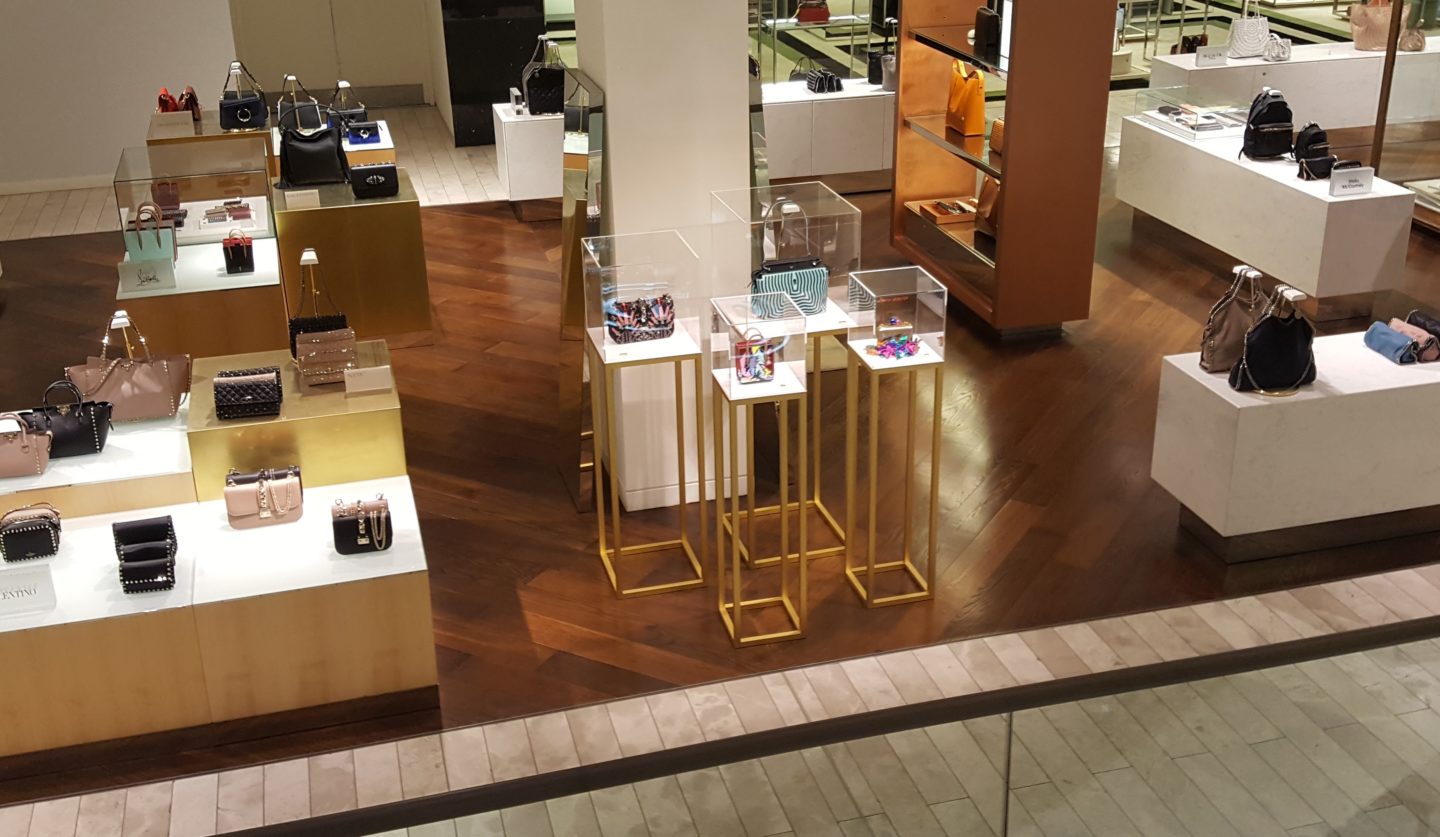
The frames of the display plinths were plated with a copper finish to blend seamlessly with the premium aesthetic of the store’s interior. The panels of the display cubes were UV bonded together to avoid the need for any joins or connectors, which may distract shoppers from the items within.
